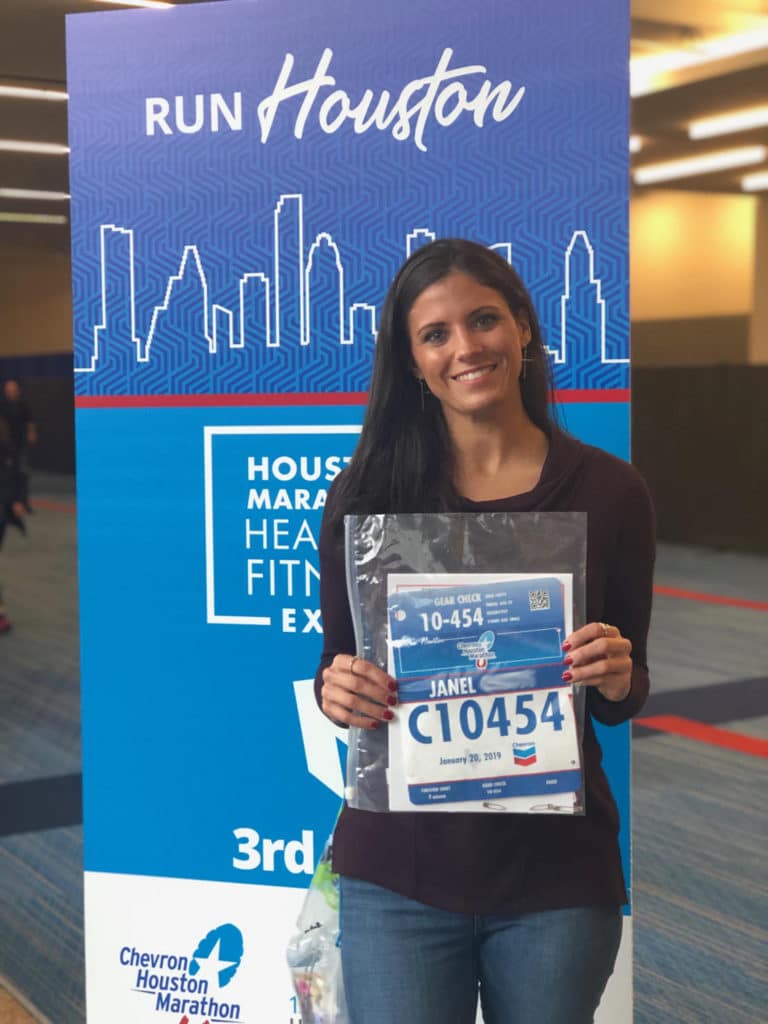This guest post is written and graciously shared by Janel, a grateful client who found recovery through The Council
Seven years ago I was trapped living a nightmare with no way out. My addiction took me to the darkest place imaginable. I was literally battling for my soul. I could not stop using. I eventually gave up and tried to take my own life. It was the only way I thought I could find peace. Waking up in Ben Taub’s ICU after my liver shut down, I realized that God had another plan for me. I had been given a second chance at life.
Forced to seek help, The Council on Recovery started me on my new journey. They found me a bed at a treatment center where I spent almost 3 months coming out of my fog of addiction. While there I met one of The Council’s recovery coaches who told me about a longer term treatment program, where I spent fifteen additional months. During that time, I learned so much about myself and how to overcome my addiction. I learned how to be a lady and live life with a purpose. I would not be where I am today if it hadn’t been for The Council guiding me in the right direction. Their resources are what saved my life. The work they do in the recovery community is vital. Most addicts don’t know how to stop. They do not know how to get help. That’s what The Council is for.
Last year I found a way to give back and help The Council. I used my story and my first-ever marathon to help raise more than $3,000 for this powerful organization. The marathon was about pushing myself to do something I once saw as impossible. It was meant to inspire others and – of course – bring as much attention to The Council as possible.
People need to know there is a solution. They need to know where to reach out when they are ready. I am living proof that recovery is possible. Today, I am 7 years clean and sober and I am a productive member of society. I have put myself through school, received my Bachelors degree in Human Services, and now manage a successful staffing agency. I have run a marathon and am now training for my first Ironman. Seven years ago my addiction almost killed me, but today I live free with no limits to be and do whatever I want to. And it all began at The Council. They showed me how to break the chains that bound me. They gave me hope.


